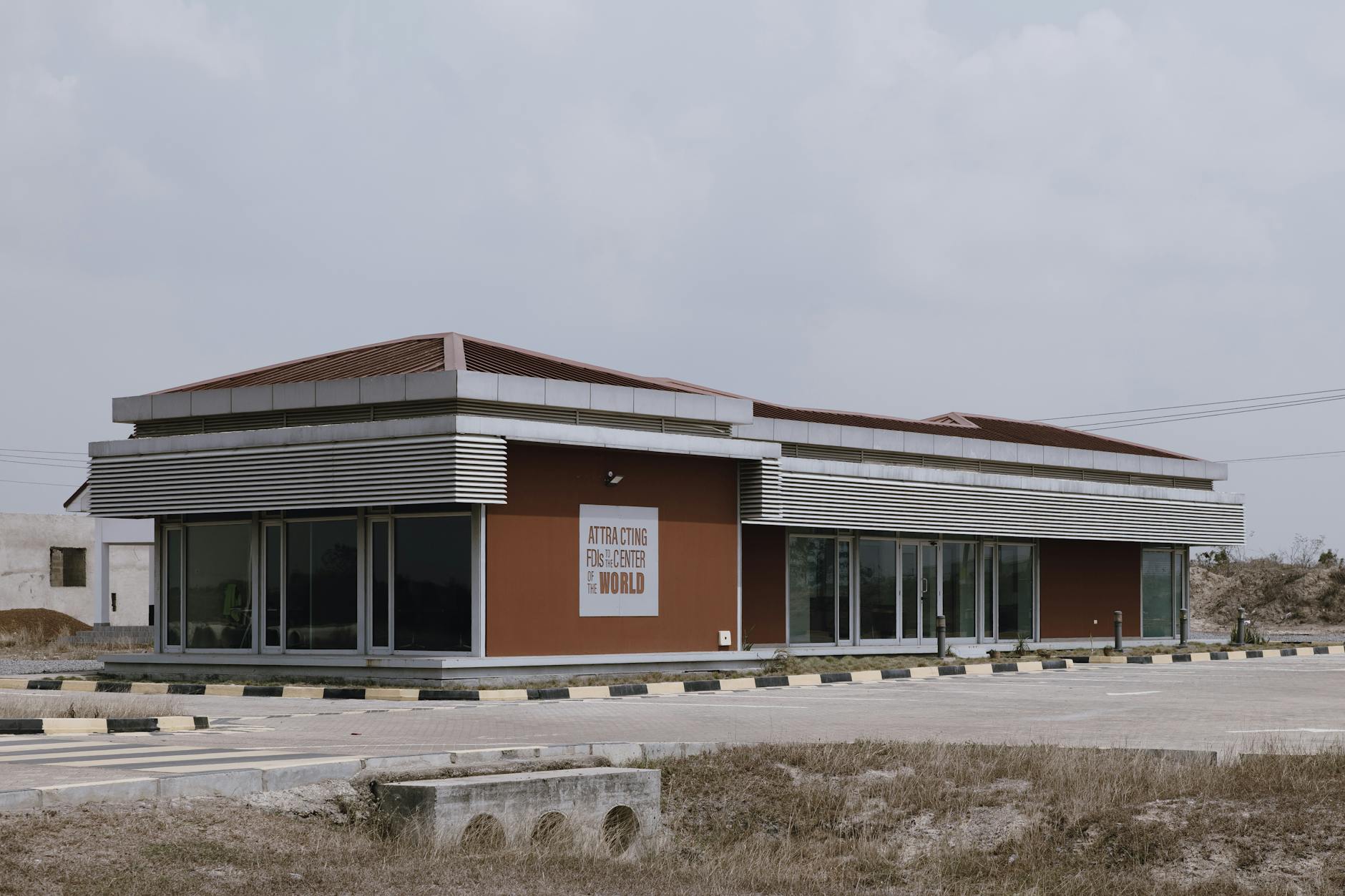The Ultimate Guide to Commercial Real Estate Leasing for Retail Spaces
The ultimate guide to commercial real estate leasing for retail spaces
Leasing commercial real estate for retail purposes is a critical step for any business looking to establish a physical presence. Whether you’re a budding entrepreneur or an established retailer expanding your footprint, understanding the nuances of retail leasing can save you time, money, and undue stress. This guide will walk you through the essential aspects of leasing retail spaces, from evaluating locations and understanding lease terms, to negotiating contracts and managing ongoing landlord relationships. By the end of this article, you will be equipped with the knowledge to make informed decisions that align with your business goals and set the stage for long-term success in the retail market.
Evaluating location and property types
Location remains one of the most influential factors in choosing a retail space. The right location can dramatically affect foot traffic, brand visibility, and overall sales. When scouting locations, consider demographics like average income, population density, and nearby competitors. Retail spaces come in various formats, including shopping centers, strip malls, standalone buildings, and mixed-use developments, each with different pros and cons related to customer access, size, and zoning regulations.
An initial site visit to observe pedestrian flow, parking availability, and curb appeal is essential. Equally important is evaluating the physical condition of the property to anticipate any renovation or maintenance costs. Many retail leases come with “as-is” clauses, making it critical to understand the property’s state before signing a contract.
Understanding key lease terms and clauses
The lease agreement is the foundation of your relationship with the landlord, and understanding its terms is vital. Some common lease structures include:
- Gross lease: Rent includes most expenses like taxes and insurance.
- Net lease: Tenant pays rent plus some or all operating expenses.
- Percentage lease: Rent is based on a percentage of sales, often combined with a base rent.
Key clauses to thoroughly review include:
- Lease length and renewal options: Longer leases often come with better rates but reduced flexibility.
- Rent escalations: Understand how and when rent increases occur.
- Use clause: Specifies what kind of business activities are permitted.
- Exclusive use clause: Protects against competitors leasing nearby spaces.
- Maintenance responsibilities: Clarifies what landlord and tenant are responsible for.
Having a real estate attorney review the lease can help you identify hidden pitfalls and negotiate favorable terms.
Negotiating the lease effectively
Negotiation is where you can create significant value in your lease agreement. Preparation is key: research market rates for similar properties, understand landlord motivations, and know your business’s financial capacity. Some negotiation strategies include:
- Requesting tenant improvement allowances to offset the cost of build-out or renovations.
- Asking for rent-free periods at the start of the lease to help your business ramp up.
- Seeking caps on operating expense increases to control costs.
- Negotiating flexible renewal clauses for future growth or downsizing.
Communicate your needs clearly while maintaining a collaborative attitude to build rapport with your landlord. Remember, a mutually beneficial lease is often the most sustainable.
Managing your retail lease and landlord relationship
After signing the lease, maintaining a positive relationship with your landlord is just as important as the initial negotiation. Consistent communication can help address issues such as maintenance needs, compliance with lease terms, or potential expansions. Consider these tips:
- Maintain timely rent payments to build trust.
- Document all communications and agreements in writing.
- Conduct regular inspections and promptly report problems.
- Plan ahead on lease renewals or expansions well before lease expiration.
Effective lease management helps prevent misunderstandings and can pave the way for smoother negotiations in the future.
Summary of key considerations for retail leasing
| Consideration | Impact on your retail business | Tips |
|---|---|---|
| Location | Influences foot traffic and sales | Study demographics, visit sites, assess accessibility |
| Lease terms | Affects costs and operational flexibility | Understand rent types, obligations, renewal options |
| Negotiation | Can reduce costs and add perks | Do market research, ask for allowances, clarify terms |
| Landlord relationship | Ensures smooth operations and issue resolution | Communicate regularly, pay timely, document interactions |
Conclusion
Leasing commercial space for retail purposes requires careful consideration and strategic planning. From assessing the location’s potential to understanding complex lease terms and skillfully negotiating contract elements, each step plays a crucial role in shaping the success of your retail business. Building and maintaining a positive relationship with your landlord further ensures operational stability and access to support when needed. Armed with this comprehensive guide, you are now better prepared to navigate the retail leasing process with confidence and clarity. Taking the time to research, negotiate, and manage your lease proactively ultimately lays a solid foundation for business growth and profitability in the competitive retail market.
Image by: Andy Coffie
https://www.pexels.com/@kema
editor's pick
latest video
news via inbox
Nulla turp dis cursus. Integer liberos euismod pretium faucibua

